-
Posts
32 -
Joined
-
Last visited
Profile Information
-
Interests
autonomous tools
school class -
Favorite Area of Science
calculus
-
Occupation
produce classes
Recent Profile Visitors
The recent visitors block is disabled and is not being shown to other users.
Swudu Susuwu's Achievements

Quark (2/13)
-16
Reputation
-
Wish to discuss how this could affect us, what lacks to adopt this, plus what more college/school sources exists about this. Had found previous articles about how humans use molecular motors based off of prootons, plus how cells of humans use protons for most tasks, but now can not locate this. Thought that, similar to humans, this uses fire/rust/redox. Thought had understood that inputs/outputs to/from proton-based power-sources would have electrons (or what the previous medium was; As inputs/outputs to power-sources, humans do not use electrons but use glucose/sucrose atoms for glucolysis) ) but that the internal structures of storage consist most of carbon/protons. Had found previous articles about robots that ran off of some sort of proton-based power-sources, but am now unable to locate this. The articles talked about how this was not done as central batteries but was distributed throughout the robot's chassis. Have any of you used/saw tools powered from protons? Would love to know more about this. Because renewables do not have constant output, would this do good to buffer the outputs for us, plus, versus lithium (which is not as abundant as carbon,) cost less for us?
-
Biological humans have lungs which use atmospheric gas to "fire"/"rust" our blood cells for synthases, which uses protons and allows human moves. This post allows all uses. https://futurism.com/proton-battery "What's A Proton Battery? Three Things You Need To Know." https://www.sciencedirect.com/science/article/abs/pii/S240582972300291X "Proton batteries shape the next energy storage" https://www.sciencedirect.com/science/article/abs/pii/S2405829722005220 "Accessing the proton storage in neutral buffer electrolytes using an electrodeposited molybdenum phosphate" https://www.azorobotics.com/Article.aspx?ArticleID=361 "The Best Sources of Renewable Energy to Power Humanoid Robots" https://onlinelibrary.wiley.com/doi/abs/10.1002/sstr.202000113 "The Renaissance of Proton Batteries" https://techxplore.com/news/2018-03-power-proton-battery-breakthrough.html "All power to the proton: Researchers make battery breakthrough" https://theconversation.com/how-protons-can-power-our-future-energy-needs-93124 " How protons can power our future energy needs" https://www.sciencedirect.com/science/article/abs/pii/S0360319918302714 "Technical feasibility of a proton battery with an activated carbon electrode" https://onlinelibrary.wiley.com/doi/abs/10.1002/sstr.202000113 "The Renaissance of Proton Batteries" Next is about human’s proton motors: https://www.sciencedirect.com/science/article/abs/pii/S0167779901015761 "Proton pumps: mechanism of action and applications" https://www.ncbi.nlm.nih.gov/pmc/articles/PMC10219236/ "Proton Pumps: Molecular Mechanisms, Inhibitors and Activators of Proton Pumping" https://www.cell.com/trends/biotechnology/abstract/S0167-7799(01)01576-1 "Proton pumps: mechanism of action and applications" Next is not specifics about protons as power sources, but is news about structures of protons: https://phys.org/news/2022-10-physicists-hitch-proton.html "Physicists confirm hitch in proton structure" This is a rough draft. A few days from now you should review this page for updates. Sources: https://swudususuwu.substack.com/p/biomimetic-robots-run-off-of-proton
-
Just as human's (billions of neurons plus hundreds of layers of cortices) CNS can parse old blueprints (plus watch other humans use those old blueprints to produce goods such as houses) -- to setup our synapses to parse new blueprints to figure out how to use tools to produce new goods -- so too could robot's (trillions of artificial neurons plus thousands of layers of cortices) artificial CNS do this. Just as humans can watch amateurs produce prototypes (plus parse blueprints later based off of those prototypes to mass produce goods) -- to setup the synapses of our CNS to allow us to produce new blueprints from new examples (to mass produce new goods) -- so too could an artificial CNS do this.
-
Oops, Clamscan is just a wrapper, for examples of FLOSS virus scanners, goto https://github.com/Cisco-Talos/clamav/ With regards to new CNS virus scanners: Just as (if humans grew trillions of neurons plus thousands of layers of cortices) one of us could pour through all databases of infections (plus samples of fresh programs) to setup our synapses to revert (from hex dumps) all infections to fresh programs, so too could artificial CNS with trillions of artificial neurons do this.
-
[quote="https://swudususuwu.substack.com/p/albatross-performs-lots-of-neural"]Possible to produce general purpose robos as autonomous tools, + close-to-human consciousness Kuka/Facteon/Fanuc can't work outdoors or as carpenters because Kuka/Facteon/Fanuc was just macros. Use DFS/BFS/IDDFS to run close to continuous functions as calculus General artificial intelligence allows autonomous robots to produce complex goods DFS/BFS/IDDFS pseudocodes/calculus: https://www.geeksforgeeks.org/iterative-deepening-searchids-iterative-deepening-depth-first-searchiddfs/ What problems to solve to have all goods (houses, vehicles, desktops, phones, foods) produced from autonomous robots for us? From Substack (CNS):
-
Yes. Have produced C and C++ implementations of all the major graph search algorithms (DFS/BFS/IDDFS/Simulated Annealing/BeamStack/A*/D*) and memorized most programming languages, and have lots of ideas on how to use map the continuous spaces of work robots to a series of graph nodes, with servo motions as edges. Have also absorbed thousands of pages of texts about artificial neural networks plus the human CNS, plus tons of FLOSS artificial neural network source codes, plus source codes for continuous feedback loops that control robots. All of these are suitable for robots with multiple arms to avoid self-collisions plus produce goods. Swarms of small robots are programmable as you would a huge robot with multiple arms to avoid self-collisions, so for jobs that require multiple human workers (not just to go fast, but because the nature of some jobs requires multiple human workers,) could do with just robots. Lots of FLOSS codes allow robots to merge inputs from multiple sensors to maneuver as good as humans can, some of these are based on artificial neural networks (based off of natural CNS,) some are just pure calculus. As far as know, the barrier to full robot work forces is just political; all of the movies of killer robots have most of us scared of robots, but as a solution you could just produce lots of small, soft robots just durable enough to withstand falls from scaffolds. Have poured over lots of texts of networks, could produce swarms of small robots that perform as slaves plus masters, where all the worker robots just use local CPUs to process raw data from sensors to produce small (low-bandwidth, compressed) maps of surroundings and broadcast those maps to the masters to plan paths for the robots, and the masters would just process those maps (plus goals) to produce outputs to broadcast to the worker robots. Could have one master, or for failover could have multiple masters, or could have robots broadcast to eachother (as peer-to-peer nodes, where each robot has full access to plans for goals,) or where an arbitrary robot is master (with advance setup of what robots to failover to as new masters.) The "democratic" solution of "all robots broadcast compressed data from sensors to all other robots and use local resources to plan their own paths/motions" uses more bandwidth and processor power, and has more issues such as synchronization errors, so is the least preferred of options, but could do this. Latest list of resources (and ideas) for autonomous robots (includes responses to replies from this plus lots of other forums): https://swudususuwu.substack.com/p/program-general-purpose-robots-autonomous Resources for artificial neurons/CNS: https://swudususuwu.substack.com/p/albatross-performs-lots-of-neural Examples of goals for robots: blueprint scans or AutoCad outputs, suchas houses. For graph searches; graph nodes = positions of pieces of wood, bricks or stones, edges = robot's motions. For artificial CNS; CNS training inputs = blueprint scans or AutoCad outputs, training outputs = data (from sensors) of humans that produce goods from those blueprint-scans/AutoCad-outputs, production uses for CNS; input scans to CNS, and CNS outputs motions for robots to produce those goods.
-
All that lacks are the structures of the sample databases. If you post Urls to such databases, could produce this in under 2 hours. This is not particular to ANN/CNS virus scanners but, rather, to all ANN/CNS problems; their sole limitation is CPU resources to crunch the databases, and access to huge databases. Examples of howto setup APXR as artificial CNS; https://github.com/Rober-t/apxr_run/blob/master/src/examples/ Examples of howto setup HSOM as artificial CNS; https://github.com/CarsonScott/HSOM/tree/master/examples Simple to setup once you have access to databases.
-
Was unfair to not include what the news says about vax, but can not alter original posts: If you trust the news, how long you are immune for varies across individuals, and the ingredients range from mRNAs (messenger RNAs, which cause your ribosomes to produce parts of viruses that allow for immune responses to future exposures to viruses,) to actual viruses (which also allow for future responses to viruses,) to pieces of viruses (which also allow for future responses to viruses.) Hybrids (and Teslas) use brake pads due to small generator resistances. Would gearboxes allow generators to turn much more fast than tires at stops (to maximize resistances, to recover almost all power,) and reduce use of gas? Could autonomous tools (such as Kukas/Fanucs) do this to reduce power uses? Teslas and hybrids use brake pads because the generator does not have enough resistances to perform stops. Gearboxes could have the generators turn more fast for stops, to increase resistances. This would not recover all power, so hybrids would use gas, but new pistons could use less gas: Fluid pistons are not fuelless but have lower noises plus use less gas.
-
For the scanners with heuristical analysis and sandboxes, the next logical move is to add artificial CNS. Not all scanners have such analysis and scanners, but clear that some such as Virustotal do, as the Urls show us. Earlier urls show Virustotal's heuristical analysis of Fdroid's package manager and review its behaviour through two sandboxes. A POSIX OS such as Linux has "chroot()" (run `man chroot` for instructions) so that the programs you test cannot alter stuff out of the test, and has "strace()" (run `man strace` for instructions, or look at https://opensource.com/article/19/10/strace https://www.geeksforgeeks.org/strace-command-in-linux-with-examples/ ) which hooks all system calls and saves logs, simple sandboxes just launch programs for a few seconds and dump such logs, with additional heuristics to guess which calls go to logs so reviewers have to look through less. Autonomous sandboxes use the ideas from first post, to flag programs that do system calls that would alter resources that are not part of the program under test. Heuristical analysis is similar to Clang/LLVM's static analysis tools (static analysis checks programs for accidental security threats such as bufferr over-runs/under-runs,) and you could use the FLOSS static analysis tools as a first basis for virus scanners, just add checks for deliberate security threats and flag those for manual reviews and warn not to run such programs before the reviews. https://github.com/llvm/llvm-project/blob/main/clang/lib/StaticAnalyzer is a FLOSS basis for analysis, has uses for virus scanners. As for the artificial neurons/CNS, those are as simple to use for this as the original post says. If you want, would not require too much effort to do this, but who has access to large sample databases for the artificial CNS?
-
To undo threatware/spyware/ransomware/malware for us, would you add artificial neural networks (artificial CNS) to virus scanners? Github has lots of FLOSS (Open Source Softwares) simulaters of CNS (at https://github.com/topics/artificial-neural-network , such as https://github.com/Rober-t/apxr_run/ ), which virus scanners could use to do this: Just have training data inputs = samples of infected files/programs, and outputs = original files/programs (or end-of-file for samples are just an infection and have no original files/programs to revert to), to produce artificial CNS to undo infections from files/programs Assume most antivirus programs have heuristical analysis and sandboxes, but if not here is how to do this: Search for open source (FLOSS) virus scanners (https://github.com/topics/virus-scanner has lots such as https://github.com/kylefarris/clamscan) and look at how those scan executables to figure out what programs do with your OS Most look for OS opcodes (such as “int” or “syscall”) or look at what libraries the programs load and search for instructions such as “jmp” or “call” that goto system libraries, to flag programs that alter other programs and flag programs that alter page flags to have W+X (lots of malware alters pages to have both writable and executable access, so virus scanners block such programs) To figure out what libraries a program loads, refer to the specifications of the OS’s executable format -- “Portable Executable” for Windows ( https://learn.microsoft.com/en-us/windows/win32/debug/pe-format https://wikipedia.org/wiki/Portable_Executable ), “Extended Linker Format” for most others such as UNIX and Linuxes ( https://wikipedia.org/wiki/Executable_and_Linkable_Format ) which would allow you to know what libraries a program loads at startup, plus those libraries’ functions’ addresses. Virus scanners should also look at dynamic loads of functions ( https://www.codeproject.com/Questions/338807/How-to-get-list-of-all-imported-functions-invoked ) such as from GetProcAddress, or just flag functions such as GetProcAddress For virus scanners to have better heuristical analysis, should flag programs that perform raw network accesses (versus OS functions to download/upload files), or that alter files of which the program is not the owner Some of this requires that you not just look at what functions the program calls, but also look at (if just constant parameters) or guess (if registers/addresses as parameters, antiviruses should use sandboxes or just flag all non-constant parameters to sensitive functions) what parameters the program passes to those functions Example outputs from Fdroid through sandbox/analysis: https://www.virustotal.com/gui/file/dc3bb88f6419ee7dde7d1547a41569aa03282fe00e0dc43ce035efd7c9d27d75 https://www.virustotal.com/ui/file_behaviours/dc3bb88f6419ee7dde7d1547a41569aa03282fe00e0dc43ce035efd7c9d27d75_VirusTotal R2DBox/html https://www.virustotal.com/ui/file_behaviours/dc3bb88f6419ee7dde7d1547a41569aa03282fe00e0dc43ce035efd7c9d27d75_Zenbox/html The false positive outputs (from Zenbox) show the purpose of manual reviews for programs that your sandbox flags
-
So far have not saw one autonomous robot do work for us What lacks for autonomous robots to produce for us? Over half of the population is dying from dehydration, starvation, or lack of houses Would produce the programs at no cost, just so the whole world doesn't keep going to hell but rather has some values Have searched but found no relevant results
-
Wanted to discuss how these chips could have uses to us. Have no affiliations to Elon Musk nor Tesla, and no financial stakes, just thought was cool if possible to use these chips to attach our CNS to virtual worlds. But doubt the chips have such uses, and would rather transplant CNS to robots. Want this physical form gone so won’t be forced to have E with everyone else from now on; am jealous of robots Want this meatbag gone once and for all. The problem is just, how to do so with small funds? If you had a million dollars, here is how to transplant your CNS to robots: Lookup maps of human CNS, produce a robot to replace all of your PNS (biological muscles and sensors) with mechanical servos/motors/actuators and sensors, program a medical robot to have your heart stop, remove your CNS from you, and transplant your CNS to the robot’s systems. You can rent medical robots, ( https://www.ncbi.nlm.nih.gov/pmc/articles/PMC3016020/ https://finmodelslab.com/blogs/operating-costs/medical-robotics-operating-costs ) but most of those just have 1 or 2 arms and would could not do much more than rip your cortex (and spinal cord) out of you. To remove, intact, all of your CNS and attach your CNS to the robot’s systems, would require complex robots that have thousands of small arms, such as one of the autonomous robot labs used to produce cars ( ), but small, to sever all of your nerves/axons plus attach your nerves/axons to a robot’s sensors/motors. If you have a million dollars, send a private message and I will do this for both of us Lots of cases of humans who have regrown severed nerves ( https://medicine.wustl.edu/news/regrowing-damaged-nerves-hinges-on-shutting-down-key-genes/ https://www.orlandohealth.com/content-hub/how-nerves-recover-after-trauma https://www.sciencedaily.com/releases/2010/09/100927141144.htm https://www.physicsforums.com/threads/check-out-bacterial-computers-pretty-cool-huh.73798/ ), so with a lab full of super complex medical robots, you could reattach your nerves/axons to digital circuits. You can lookup lots of cases of scientists that have hooked up bacteria ( https://www.ncbi.nlm.nih.gov/pmc/articles/PMC3971165/ https://pharmacy.ucsf.edu/news/2010/12/logic-gates-allow-bacteria-work-computers https://www.ncbi.nlm.nih.gov/pmc/articles/PMC2704931/ https://www.sciencedaily.com/releases/2022/11/221114111041.htm https://www.technologyreview.com/2021/11/09/1039107/e-coli-maze-solving-biocomputer/ ) or neural masses ( https://qz.com/computers-built-with-human-neurons-could-cut-emissions-1851010758 https://www.pcmag.com/news/this-lab-is-merging-human-brain-cells-with-computer-chips https://newatlas.com/computers/biological-artificial-neurons-connect-communicate/ https://www.nature.com/articles/d41586-023-03975-7 https://learningenglish.voanews.com/a/scientists-create-biocomputer-with-lab-grown-brain-tissue/7399612.html https://www.theregister.com/2023/03/02/organoid_intelligence/ https://www.npr.org/sections/health-shots/2022/10/14/1128875298/brain-cells-neurons-learn-video-game-pong https://www.technologyreview.com/2023/12/11/1084926/human-brain-cells-chip-organoid-speech-recognition/ ) to computers, so lots of progress you could use to transplant human's CNS into robot No affiliations to sources

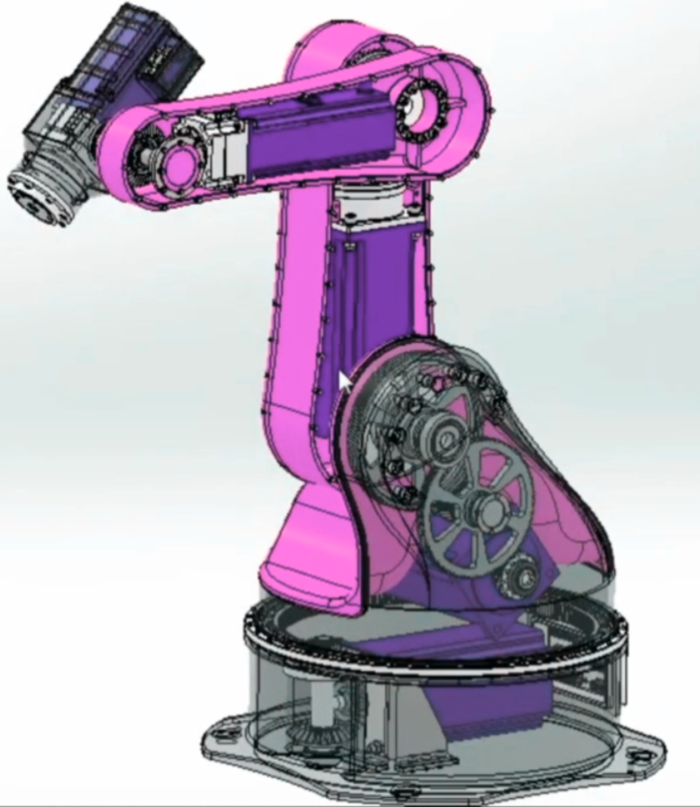
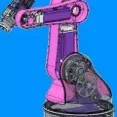
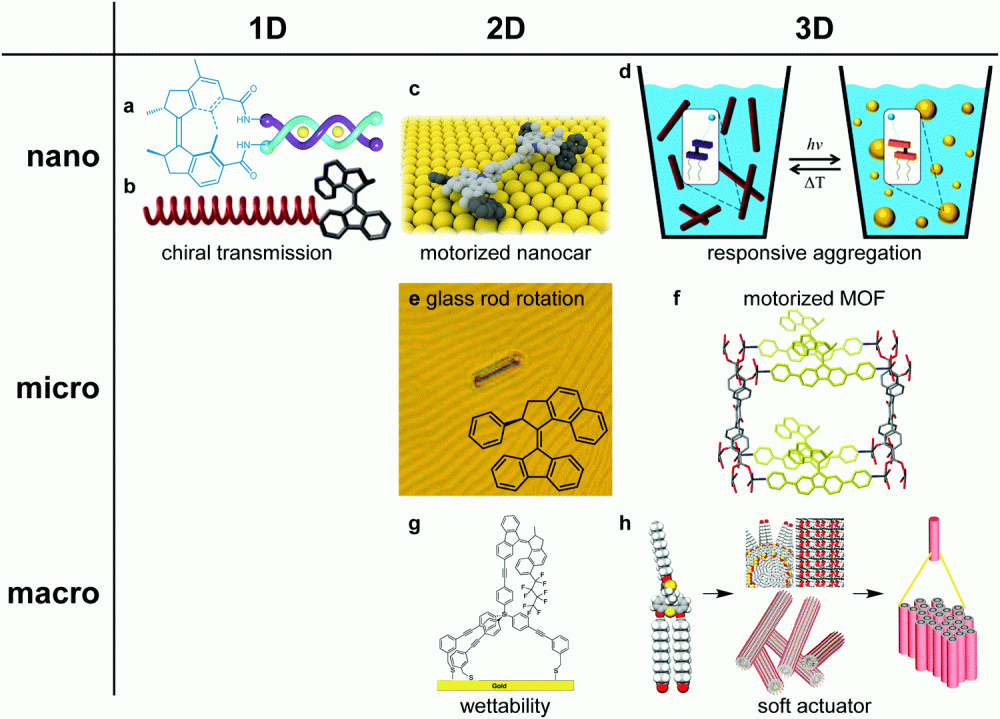
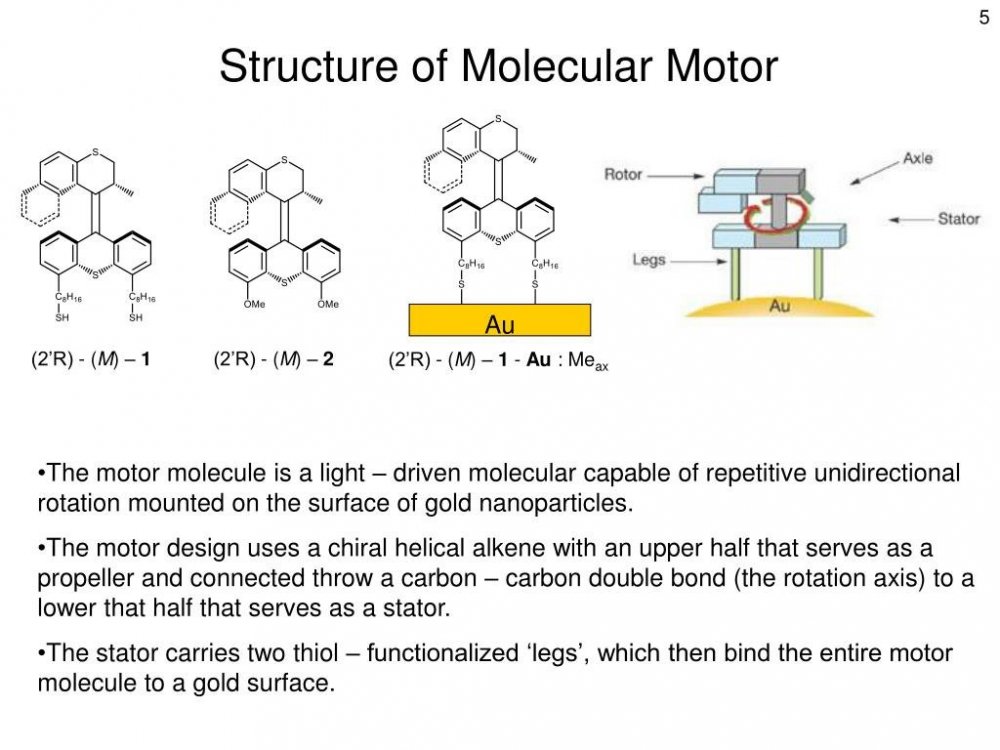
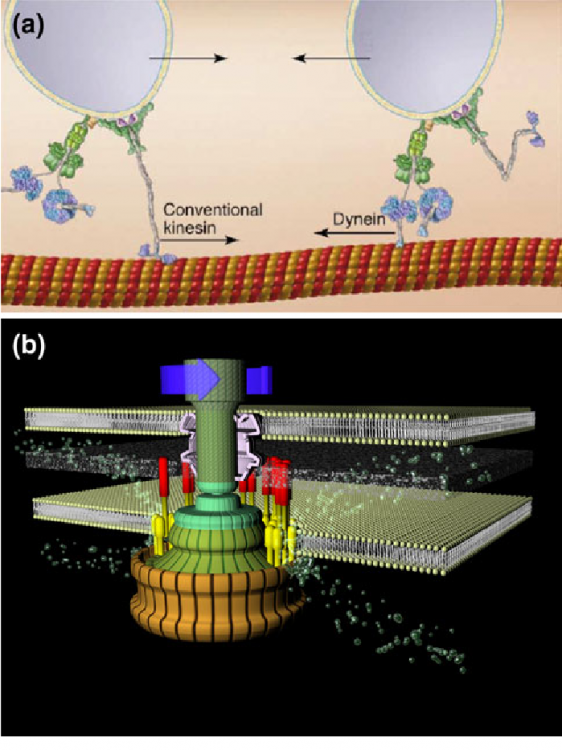
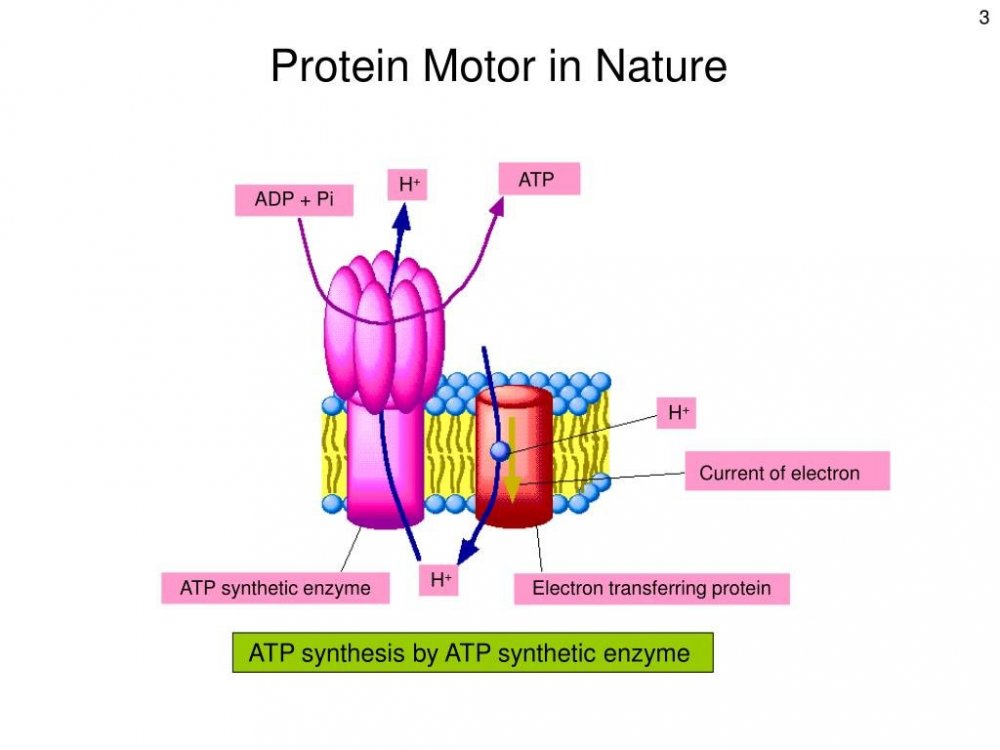
.jpg.47a23def5a92614cfb9228fbaebc1a88.jpg)